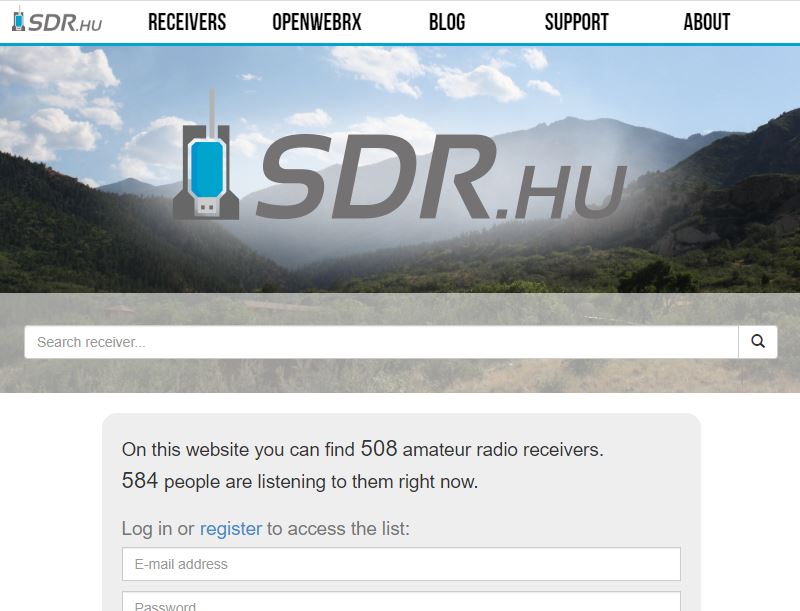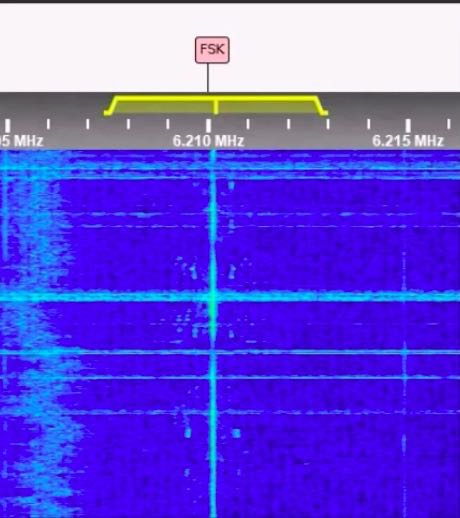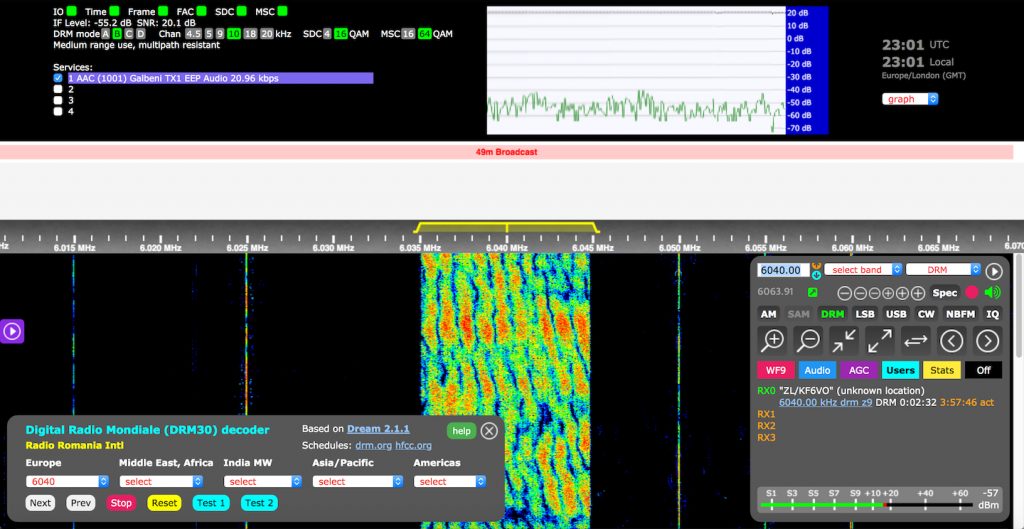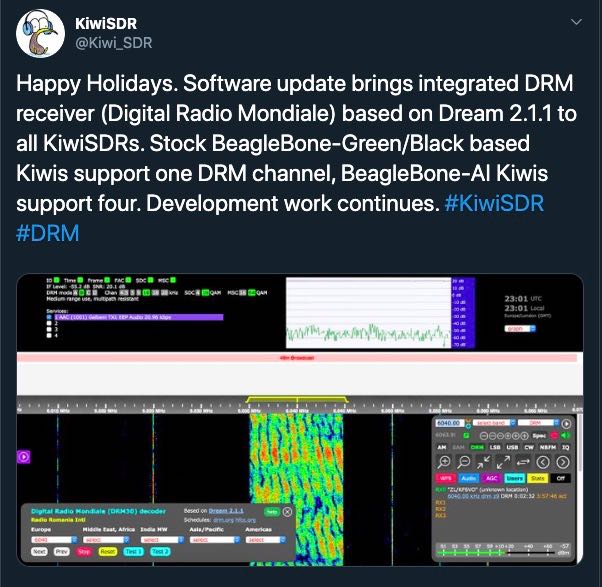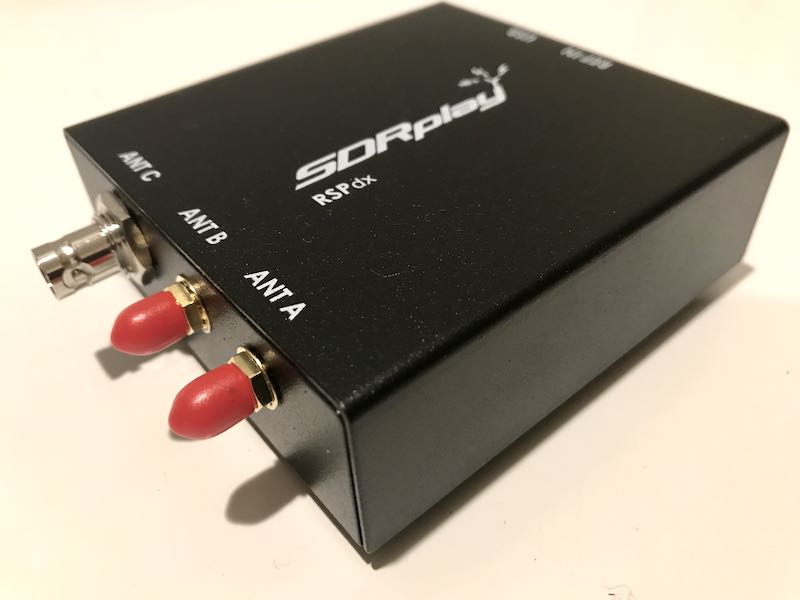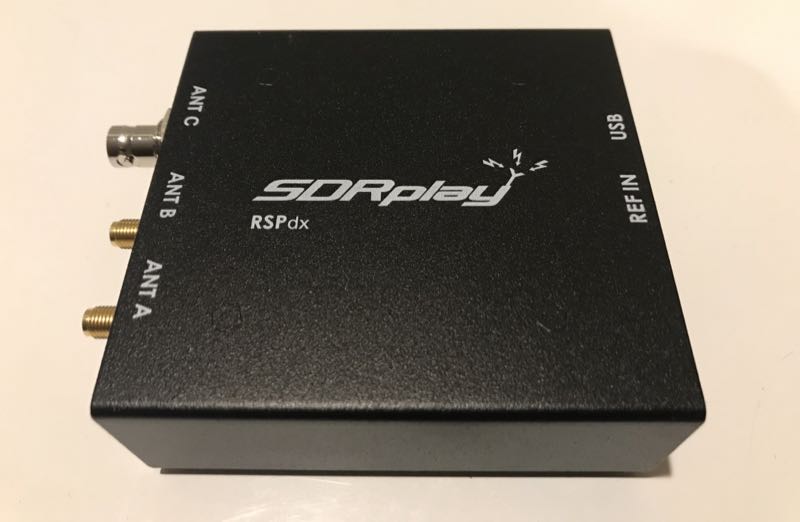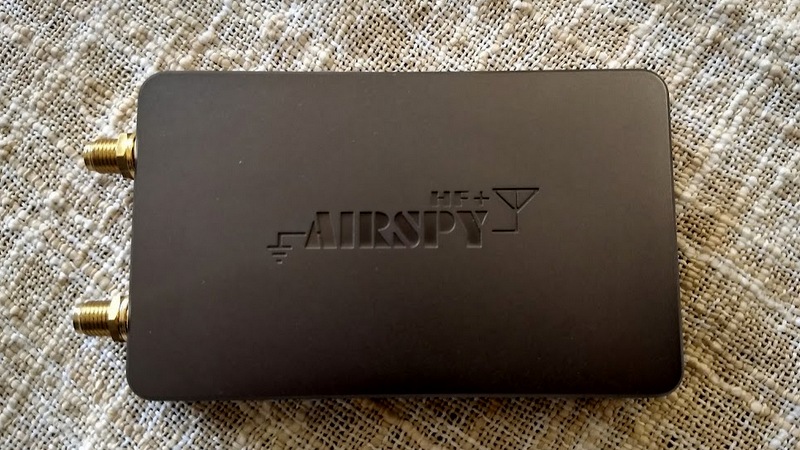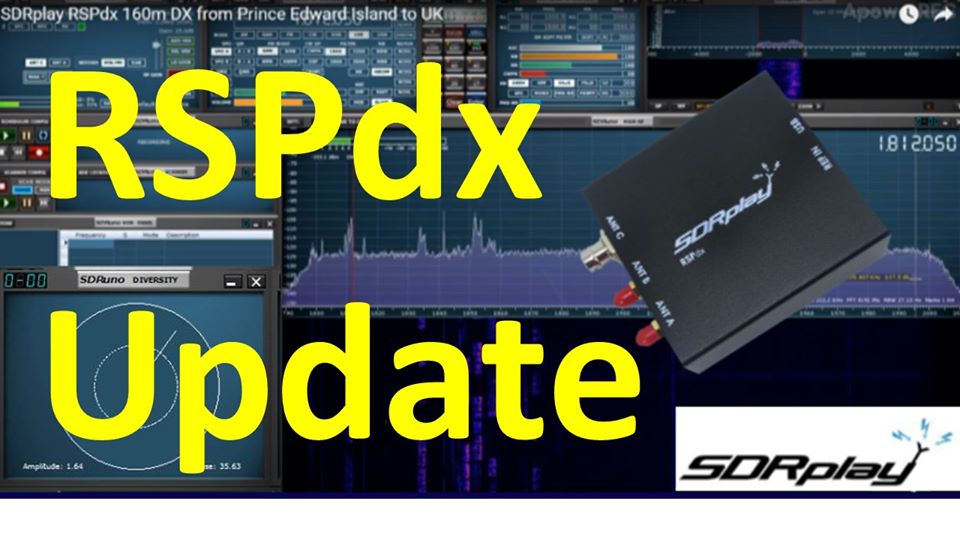 (Source: Jon Hudson with SDRplay)
(Source: Jon Hudson with SDRplay)
Happy new Year from all of us at SDRplay.
Here’s an update on additional software for the RSPdx. SDRplay’s SDRuno fully supports the RSPdx but it takes several weeks for other software to catch up to the capabilities offered on the other RSP models.
Simon Brown has released his latest version of SDR Console V3 which supports the RSPdx (Version 3.0.18 dated January 1st) over on https://www.sdr-radio.com/ (make sure you download the latest API 3.x from our downloads page first)
We have released an EXTIO plugin for the RSPdx which will enable the RSPdx to work with any EXTIO-based software (e.g. HDSDR) although it doesn’t support HDR mode. HDR mode will not be added and the source code for the plugin can be found on our GitHub repository (https://github.com/SDRplay/ExtIO_SDRplay) we will not be supporting the plugin source code or extending the plugins capabilities. They are all free to be modified.
It is important to note that the RSPdx ExtIO plugin does NOT, AND WILL NOT, support HDR mode. If you need HDR mode, then SDRuno is the best option. HDR mode requires the end application to work in a certain way and this is not something that can be controlled via the ExtIO protocol.
Work has also begun on supporting RSPdx for SoapySDR based applications such as Cubic SDR (again this won’t include HDR mode). A Gnu Radio source block for the RSPdx will follow.
We are working with Steve Andrew, author of the Software Analyser software programme (see https://www.sdrplay.com/spectrum-analyser/ ) to help get compatibility for the RSPdx – this is a slightly longer process so this will take several more weeks.
Regarding stocks of the RSPs, SDRplay and most of our resellers on www.sdrplay.com/distributors/ have plenty of stock of RSP1A and the RSPduo. However there continues to be a shortage of the RSPdx whereby many of the resellers have sold out of their first deliveries. SDRplay is queuing up their replacement orders on a first come, first served basis. We also have our own quantity planned in there to allow us to sell direct from our website. We still hope that by the end of January we will have supplied this second wave of RSPdx demand.
For newcomers to SDR, see also, the glossary and links included in the news item on: https://www.sdrplay.com/happy-new-year-and-an-rspdx-update/

